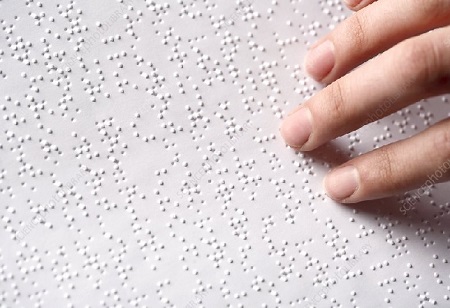China plans to expedite the adoption of national general sign language and braille in special education schools, as announced by the China Disabled Persons' Federation. According to a joint circular from the federation and the Ministry of Education, the goal is to extensively implement general sign language and braille in schools catering to students with hearing and visual impairments by the year 2025. The circular emphasizes the need for special education schools to incorporate general sign language and braille into their teaching methods. Additionally, it mandates local authorities to conduct specialized training for the integration of these communication methods, with the aim of extending these training services to all special education teachers by 2025.
Sign language, a manual form of communication primarily utilized by individuals with hearing impairments, is not universally standardized; diverse sign languages are employed by the deaf communities of various countries. The linguistic structure of sign language involves organized gestures or symbols, with each individual gesture referred to as a sign. These signs consist of three essential components: the handshape, the positioning of the hands, and the motion of the hands. Specifically, Chinese Sign Language serves as the official sign language in mainland China, distinguishing itself from Taiwanese Sign Language, known as Wenfa Shouyu in Taiwan.
In China, the predominant Braille system, known as Mandarin Braille or Chinese Braille, aligns the pronunciation of characters with specific Braille cells. This Braille system for Chinese is constructed based on a phonetic representation of the language's sounds. Unlike Braille representations for individual Chinese characters in print, Chinese Braille focuses solely on representing sounds. The writing direction is left to right, with horizontal lines progressing from top to bottom. Each syllable consists of three Braille letters: one for the initial, one for the final, and one for the tone, although tone marks are infrequently utilized. Words are delineated by spaces, and in cases where there is no potential for confusion, certain initials are written in a similar manner.

